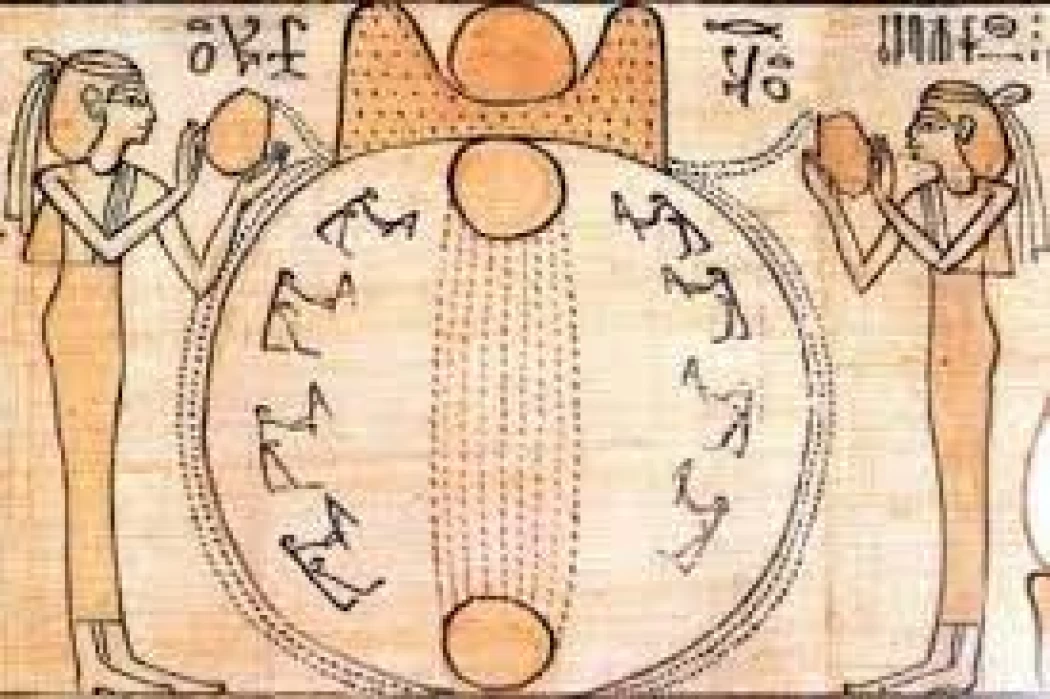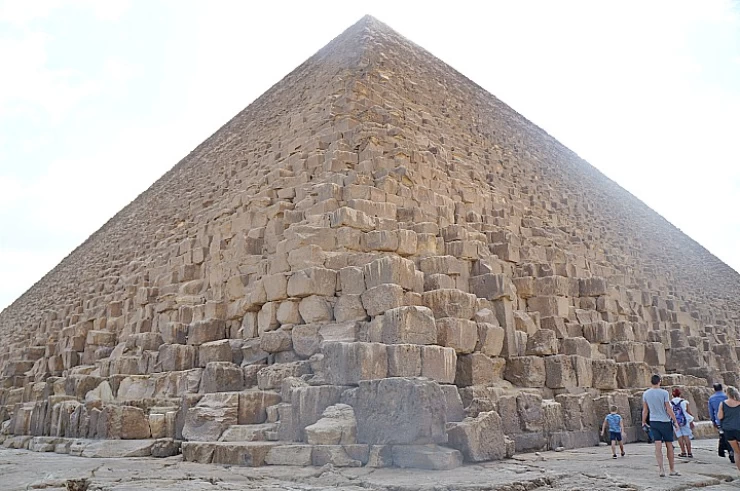
The Tenth Dynasty of Ancient Egypt History
The governmental disintegration that followed the fall of the Old Kingdom gave rise to the Tenth Dynasty. It's common knowledge that the pharaohs of this dynasty governed over a portion of Lower Egypt during a time of disunity and decentralization. Rival dynasty: The Tenth Dynasty faced difficulties consolidating centralized rule due to rival dynasties in various places, such as the Dynasty of Nomadic Princes, in addition to the Eleventh Dynasty of Thebes.
Heracleopolis Regime: Located in the governorate of Beni Suef, Heracleopolis Magna served as the capital of the Tenth Dynasty. It is currently mostly in ruins. At the time, this city served as a significant administrative and political hub.
Architecture: The buildings of this period are less monumental than those of previous periods. Temples and tombs were often more modest, reflecting unstable economic and political conditions. The art and funerary objects of this period show a certain continuity with earlier styles but may also reflect influences from rival dynasties and neighbouring regions.
The Pharaonic era in Egypt's history extended to about three thousand years from 3200 BC until Alexander the Great entered Egypt in 323 BC.
During the Pharaonic era, Egypt witnessed many stages of renaissance and progress that left a tremendous legacy of the manifestations and monuments of civilization, urbanization, science and the arts.
Historians divide the Pharaonic era in Egypt's history into three consecutive sections:
- Old State.
- Central State.
- Modern State.
Historians also divide this era into thirty ruling families divided into these three stages of Egypt's history. A family led by Khety from the city of Herakleopolis rose to prominence and briefly controlled the entire nation. But this was short-lived, as Egypt once more divided between north and south. Herakleopolis dominated the north, and Thebes ruled the south. The 10 most famous kings of the family :
- Khety Meryibra
- Khety Wahkara
- Merykara
- Ity















